 |
| Planting forests to increase green space for Hue city |
Harmony between conservation and development
Experts, researchers, as well as city residents all share the same wish that Hue needs to develop in a harmonious, sustainable and humane manner, so that people can enjoy the pure values of nature and the beauty and high aesthetics of the heritage city.
According to Master of Architecture Tran Ngoc Tue, Vice President of the Hue City Urban Planning and Development Association, the central area of Hue city, especially the Imperial City, South - North of the Perfume River is the "heart" of the city. This is where cultural, historical and administrative values are concentrated, and at the same time, it is under the most pressure from the development process. Without good planning, Hue will gradually lose its irreplaceable values, which are landscape, green space and architectural identity.
In fact, the Hue urban area north of the Perfume River still retains the ancient, quiet features of the heritage area, while the south is moving towards a more modern, dynamic urban area. However, this boundary is being blurred by the speed of urbanization and unsynchronized construction planning, causing the urban image to still lack identity.
Mr. Nguyen Van Minh, a long-time resident near Da Vien islet, Thuan Hoa ward, shared: Hue has the Perfume River, hills, trees, and fresh wind. Hopefully, when planning for development, the city will still maintain green spaces so that people can have a place to relax, and so that tourists can see a peaceful Hue.
The desire of many Hue people is also the direction that the city is aiming for, which is to both preserve heritage and develop a harmonious urban area with a long-term vision. Experts say that Hue should take advantage of the water system, with Ho Thanh Hao, Ngu Ha and dozens of natural lakes to form a "water park" in the heart of the city. Restoring royal gardens, green belts around the Imperial Citadel, organizing walking paths and resting spaces along the river or tropical rainforest in the Kim Long area, Thien An hill, Vong Canh hill... not only serves tourism but also improves the quality of life for the people.
Rivers and green spaces in the central area of Hue city are important resources that have not been effectively exploited and developed. The ancients always emphasized the value of "first near the market, second near the river, third near the road". Many countries in the world know how to take advantage of the value of "near the river" flowing through the city such as the Seine River (Paris - France), Thames River (London - England), Danube River (Vienna - Austria) ... to develop tourism and services in a harmonious way, rich in cultural identity. Meanwhile, the two banks of the Perfume River alone are still largely underdeveloped, the community has not been given the conditions and does not know how to meaningfully approach the Perfume River. Therefore, there is a need to transform the exploitation of the rivers that nature has bestowed upon Hue into valuable landscape assets.
Smart city - smart people
Hue is being oriented to become a city of heritage, culture, landscape, environmentally friendly and smart. To do so, smart cities must start with smart residents, those who understand and accompany the changes of the city. With a consistent perspective of taking people as the center, culture as the foundation and science and technology as the driving force, Hue city has made steady progress and achieved many proud results, being considered one of the pioneering and typical localities in building smart cities in Vietnam.
The city is promoting the application of digital technology in urban planning, infrastructure and management. Hue is also actively developing a green transport system, encouraging the use of electric vehicles and public bicycles, reducing air pollution; at the same time, digitalizing the management of urban infrastructure, trees, and water surfaces for more efficient operation. In addition, smart cities are also places where people can participate in monitoring, responding, and proposing ideas for urban planning and management. This "interaction" and connection have been truly realized in recent times, with the specific evidence being the Hue-S platform, a smart utility application that has integrated more than 50 services and attracted more than 1.3 million installers and users.
According to experts, building a smart city is not only about installing sensors and digitizing data, but also about creating a sustainable, safe, and community-connected living environment. Master of Architecture Tran Ngoc Tue also emphasized the development of a "sponge" urban model that increases the ability to absorb, store, and regulate water, and a "water" urban model with an urban structure that reserves a lot of space for water can be integrated into low-lying areas such as the new urban area of An Van Duong, Dong Nam Thuy An, etc. This is an important "non-structural" solution using green space to increase the ability to absorb and regulate, both adapting to climate change and creating an ecological landscape for the city. In addition, it is necessary to limit the creation of works that oppose the flow, such as roads blocking the flow, concrete surfaces that limit rainwater seepage. Plan and manage residential and service areas in the direction of ecological architecture, low density, using environmentally friendly materials and creating many open spaces.
Dr. Ho Dac Thai Hoang, Chairman of the Hue City Union of Science and Technology Associations, said that Hue has a great advantage in terms of intellectuals, cultural behavior, love for the homeland, and a strong Hue identity. If this strength can be promoted in urban development, Hue will create a difference, an impression, a technological city but still maintain the appearance of a heritage city - green - smart - sustainable, rich in humanity and a livable place.
Source: https://huengaynay.vn/kinh-te/giai-phap-phat-trien-do-thi-di-san-thong-minh-158736.html



![[Photo] Solemn opening of the 1st Government Party Congress](https://vphoto.vietnam.vn/thumb/1200x675/vietnam/resource/IMAGE/2025/10/13/1760337945186_ndo_br_img-0787-jpg.webp)




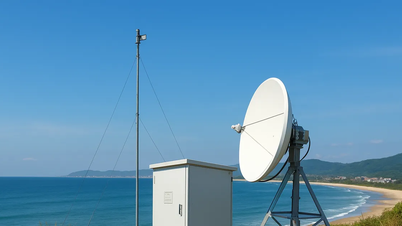





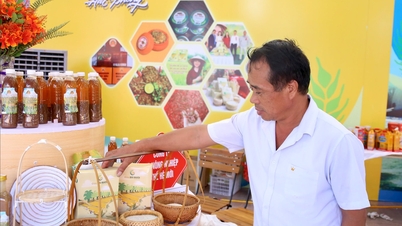



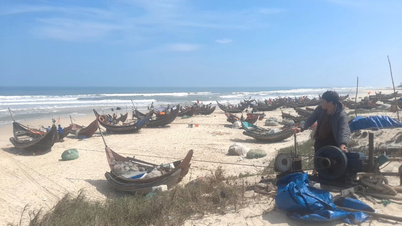

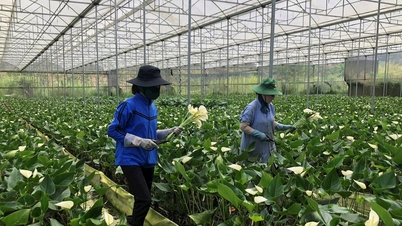


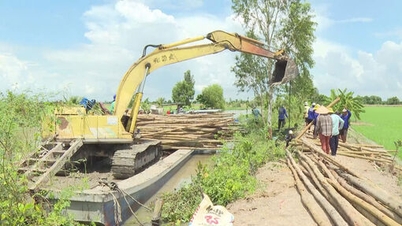

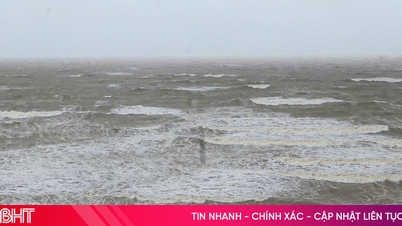

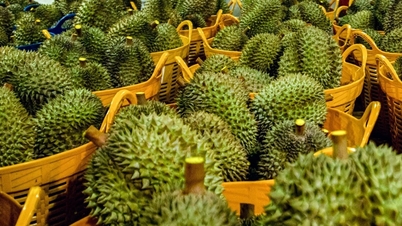





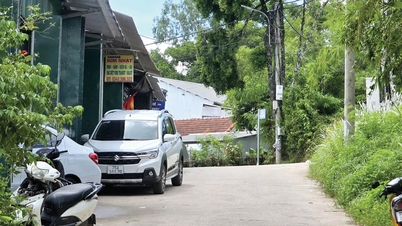
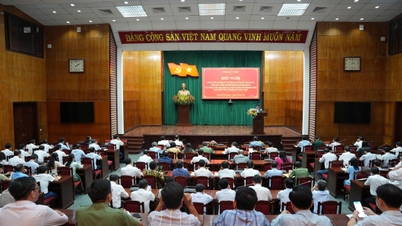

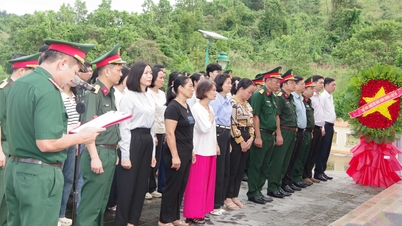
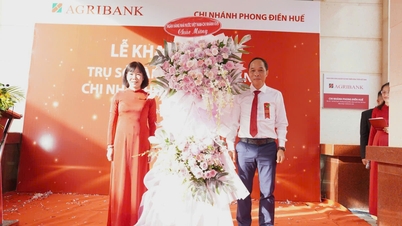
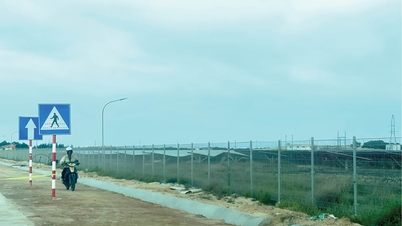
![[Photo] General Secretary To Lam attends the opening of the 1st Government Party Congress](https://vphoto.vietnam.vn/thumb/1200x675/vietnam/resource/IMAGE/2025/10/13/1760321055249_ndo_br_cover-9284-jpg.webp)



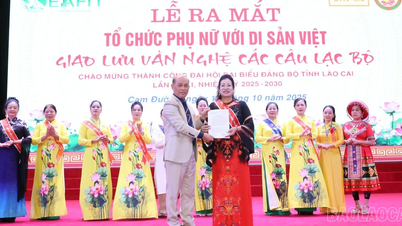

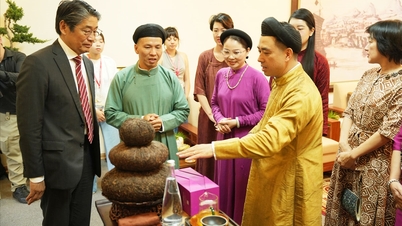







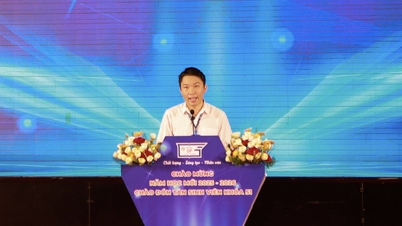



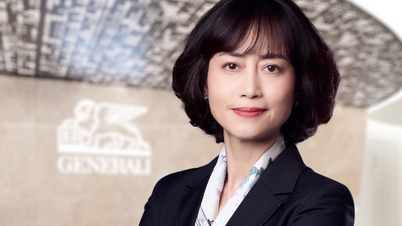

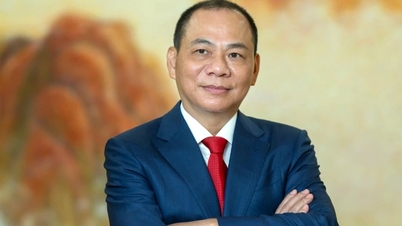





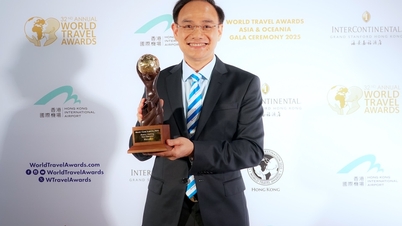


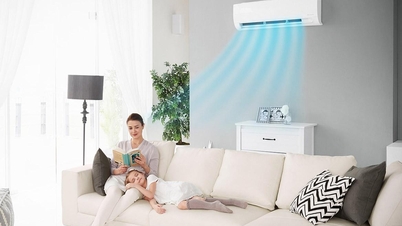

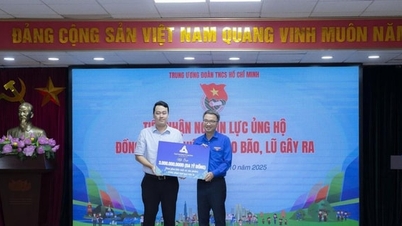

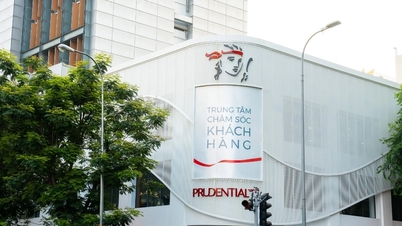







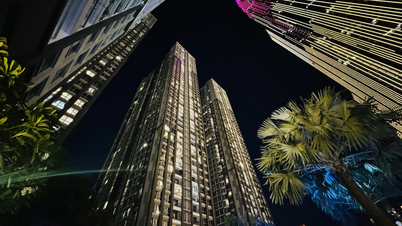



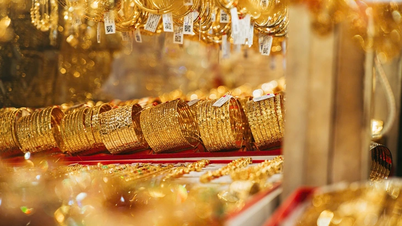




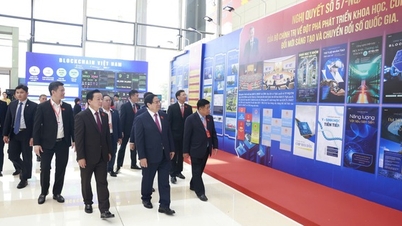
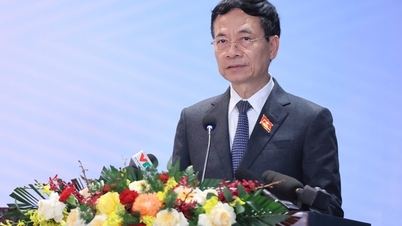
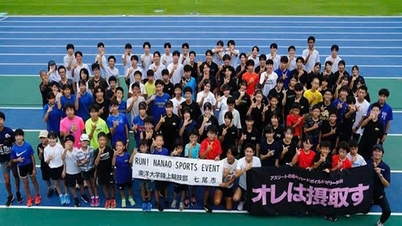

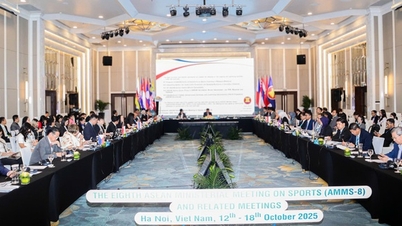
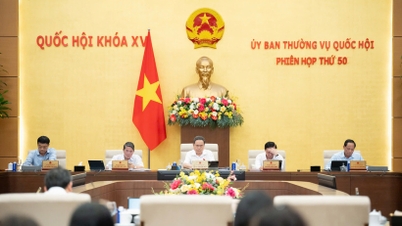



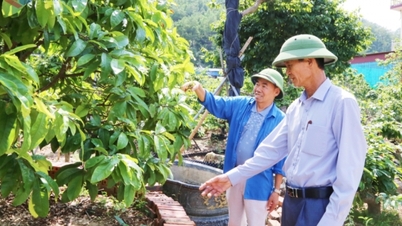

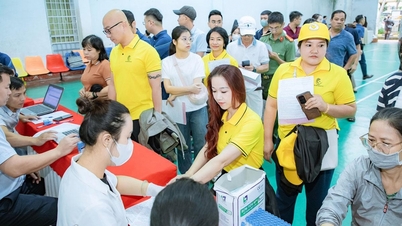

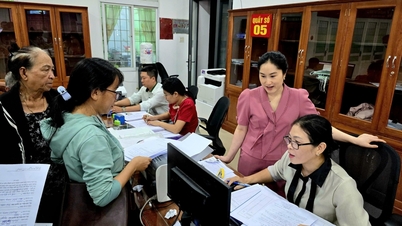
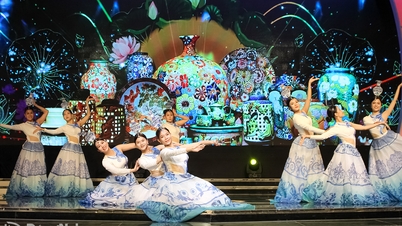














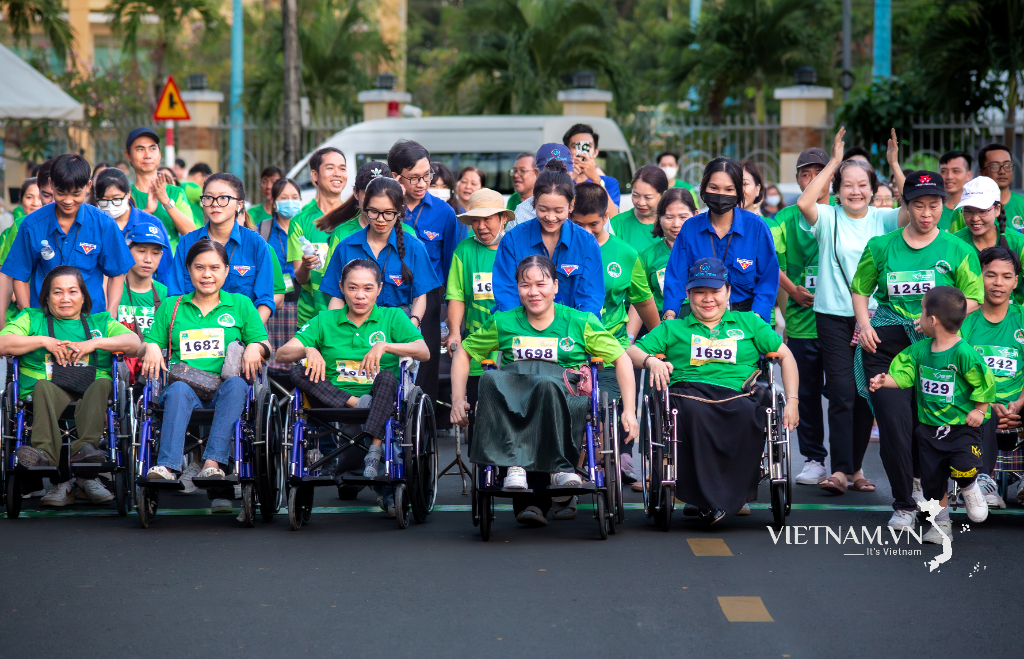
Comment (0)